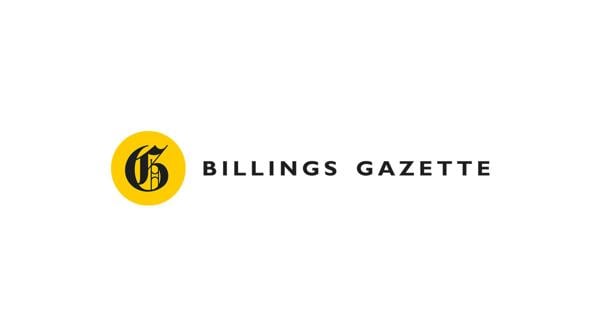A friend suggested that I add an electrolyte powder to my daily water bottle to replenish essential minerals like potassium, magnesium, and sodium that are lost through sweat and urine. The sodium content in the powder caught my attention as it was 1,000 milligrams, almost half of the recommended limit for healthy adults.
While excess sodium intake is linked to high blood pressure, our bodies still require an adequate amount of sodium to function normally. In fact, having too little sodium can also have serious health consequences, especially if we are consuming more water.
Experts have not established a single Recommended Dietary Allowance for sodium, and some are questioning the recommendation to consume less than 2,300 milligrams per day. This is because intense exercise and sweating may increase the need for sodium, and many individuals with normal blood pressure and kidneys can handle varying sodium intake levels without affecting their blood pressure.
People are also reading…
It is generally recommended to replenish sodium and other electrolytes after prolonged, intense exercise lasting an hour or more. For shorter activities and a normal diet, plain water is usually sufficient.
Sodium is present in most foods we consume, even without added salt. Packaged and processed foods contribute to 70% of the sodium in our diet. Some experts suggest milk as a post-exercise recovery drink due to its electrolyte content and nutrients like protein and carbohydrates.
While sodium is necessary, excessive intake may not be advisable, especially for individuals with high blood pressure. It is important to evaluate your sodium consumption and consult with a healthcare provider to ensure it aligns with your health goals.
Barbara Intermill, a registered dietitian, can be contacted via email at barbara@ quinnessentialnutrition.com.





